That life expectancy was around 64 when Social Security was started is misleading. That is also irrelevant for making decisions for making Social Security sustainable now. The parameters involved are more complex: we need to look at life expectancy age 65, the size of the working population compared to the retired population, and how many children are coming to add to that working population. Decisions must be made within the next decade — raise taxes, cut benefits, or some combination. People will not be happy.
Episode Links
Prior STUMP posts related:
On Choosing a Retirement Age: For Individuals
On Life Expectancy
That was the claim.
Here are the facts.
2023 OASDI Trustees Report — Table V.A4.—Period Life Expectancy: Historical Data
First, while period life expectancy from birth increased about 15-16 years from 1940 to 2019 (ignore the pandemic for now), the key life expectancy - from age 65 - didn’t extend quite so much — only 5-6 years. That’s because you have to survive to age 65 in the first place.
A chart from the American Academy of Actuaries based on the historical, plus projected, from the report:
Social Security History
Frequently Asked Questions
Q1: When did Social Security start?
A: The Social Security Act was signed by FDR on 8/14/35. Taxes were collected for the first time in January 1937 and the first one-time, lump-sum payments were made that same month. Regular ongoing monthly benefits started in January 1940.
American Academy of Actuaries
An Actuarial Perspective on the 2023 Social Security Trustees Report
Social Security Committee issue brief on 2023 Social Security Trustees Report examining the latest detailed annual assessment by the federal government of the program’s solvency.
(February 02, 2024)
Issue Brief: Reforming Social Security Sooner Rather Than Later
Social Security’s combined trust fund reserves are projected to become depleted around 2034,1 at which time its income would be able to pay only 80% of the benefits scheduled for its 80 million beneficiaries. It is important that Congress immediately focus on this issue because delay makes the solution more difficult, as it gradually limits the viable options to those relying on increasing taxes.
(October 31, 2023)




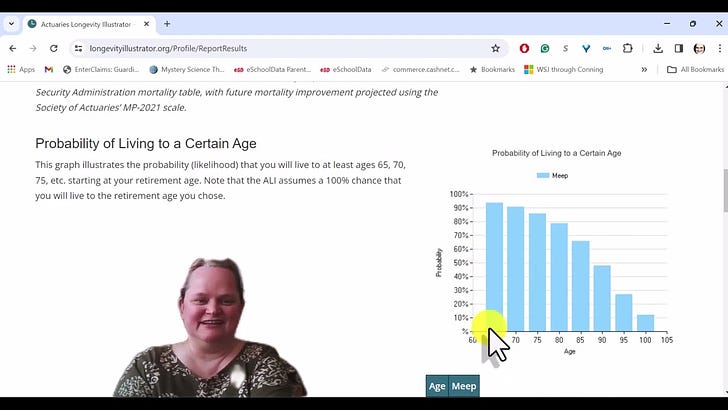
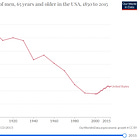
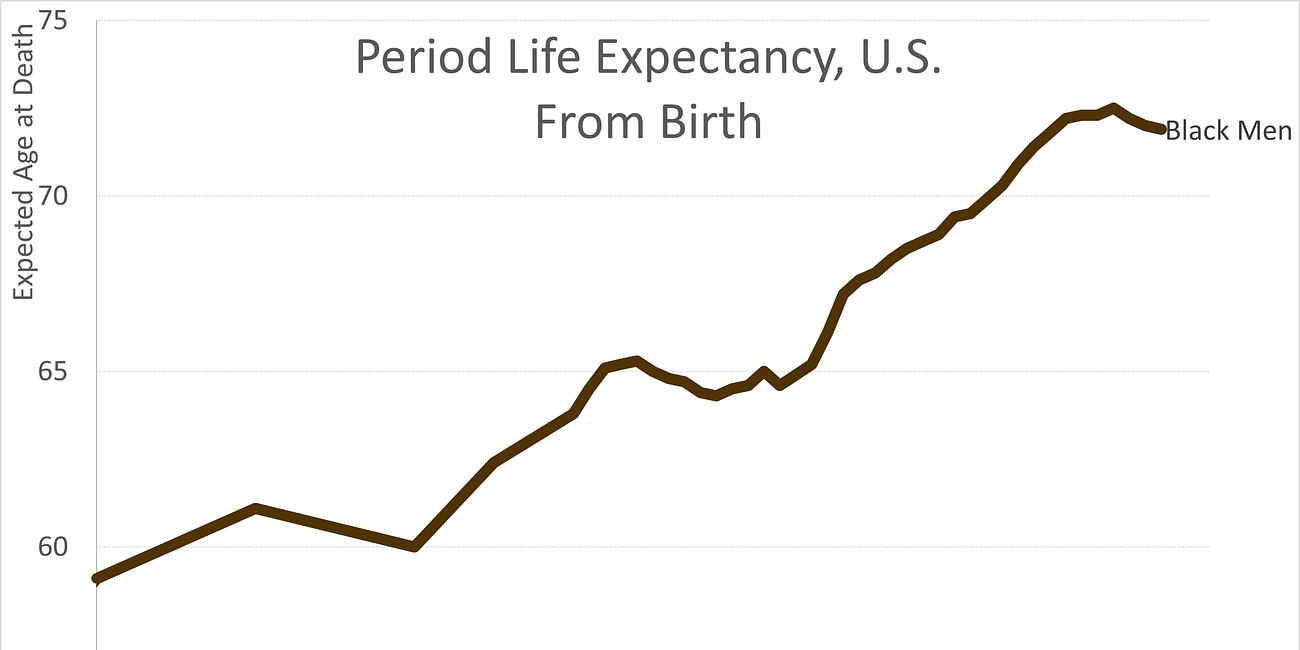



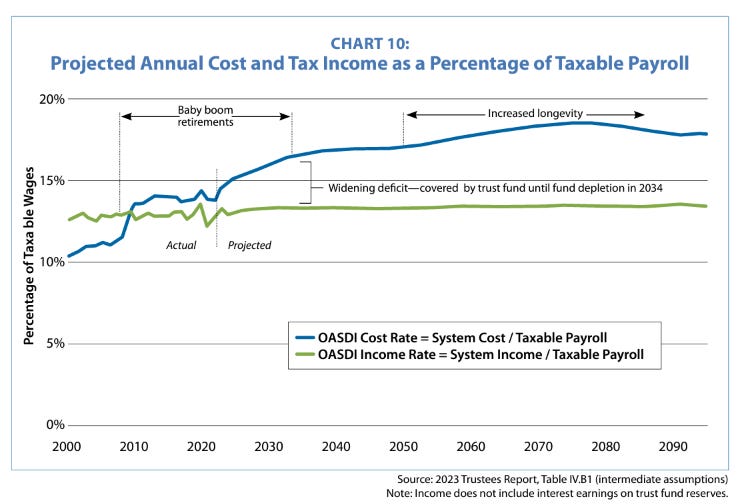
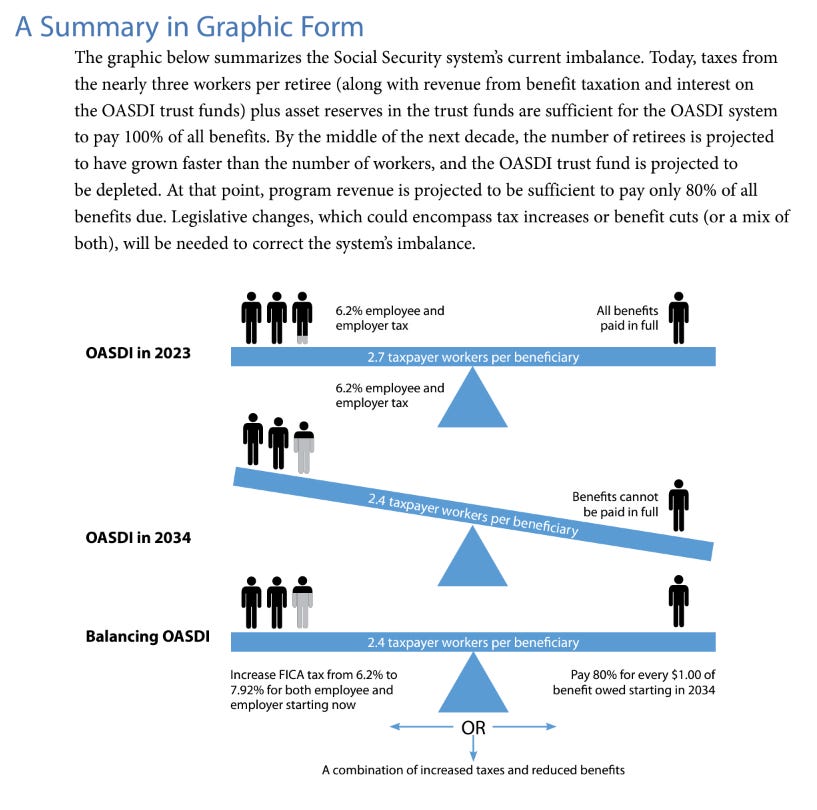
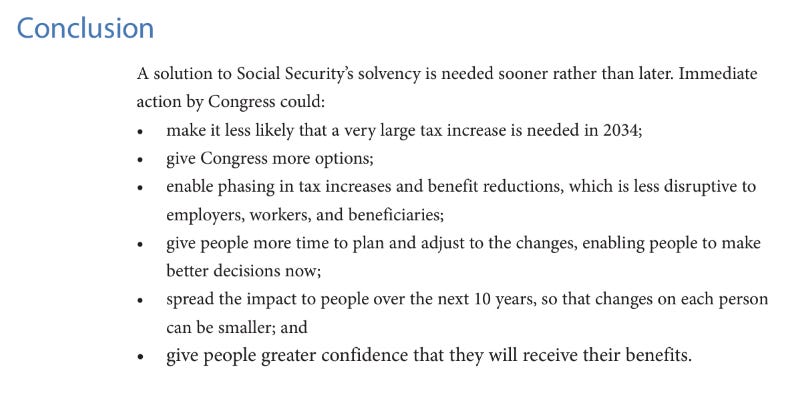

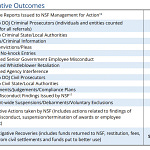

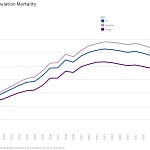





Share this post